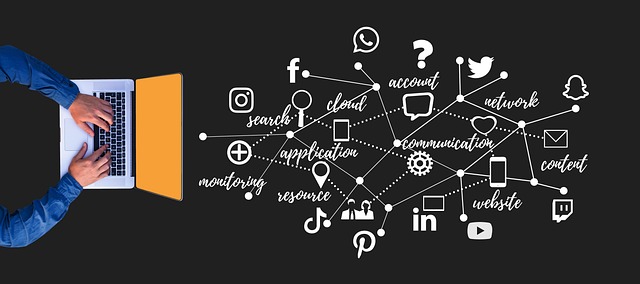AI Business Digital Twin technology is transforming restaurant operations by creating digital replicas of physical processes, allowing managers to simulate scenarios, analyze trends, and anticipate customer preferences without impacting actual operations. This predictive modeling enables data-driven decision-making, enhancing operational transparency, customer behavior insights, and market alignment for a competitive edge in the culinary landscape. By embracing AI shift planning for restaurant teams, dynamic simulations support staff training, process optimization, and disruption anticipation, fostering agility and innovation through high-quality data integration, collaborative development, and regular updates based on performance metrics and customer feedback.
“Explore the transformative power of Artificial Intelligence (AI) through the lens of digital twin technology in the hospitality industry. This article guides you through the concept, its potential impact on restaurants, and how this innovative approach is revolutionizing operations.
We delve into the ‘AI Shift’ in restaurant management, uncovering ways AI enhances efficiency and customer experiences. Furthermore, discover practical strategies for implementing digital twins, offering a roadmap for planning and success in future-proofing your restaurant’s operations.”
- Understanding AI Business Digital Twin Technology: A Foundation for Restaurant Innovation
- The AI Shift in Restaurant Operations: Enhancing Efficiency and Customer Experience
- Implementing Digital Twins for Restaurant Teams: Strategies for Success and Future-Proofing
Understanding AI Business Digital Twin Technology: A Foundation for Restaurant Innovation

AI Business Digital Twin technology is transforming industries, and restaurants are no exception. By creating a digital replica of physical operations, this innovative approach allows for in-depth analysis, optimized decision-making, and strategic planning. Imagine a scenario where restaurant managers can simulate various scenarios—from menu changes to staffing adjustments—without disrupting actual operations. This predictive modeling enables them to identify trends, anticipate customer preferences, and make data-driven shifts, ensuring a competitive edge in the ever-evolving culinary landscape.
For restaurant teams embracing the AI shift, this technology serves as a powerful tool for innovation. It facilitates a more efficient workflow, enhances operational transparency, and provides valuable insights into customer behavior. By leveraging these digital twins, businesses can streamline their planning processes, ensuring that changes are not just implemented but also strategically aligned with market demands and customer expectations.
The AI Shift in Restaurant Operations: Enhancing Efficiency and Customer Experience

The restaurant industry is undergoing a significant transformation with the integration of AI technology, marking a crucial AI shift in operations. This evolution promises to revolutionize the way restaurants manage their daily activities, from streamlining back-of-house processes to enhancing the overall customer experience. By leveraging digital twins and AI algorithms, restaurant teams can now create precise virtual replicas of their physical spaces, allowing for efficient planning and optimization.
AI-driven systems enable restaurant managers to simulate various scenarios, predict customer behavior, and make data-backed decisions. This technology assists in optimizing menu pricing, inventory management, and staff scheduling, ensuring a seamless flow of operations. Moreover, AI enhances the customer journey by personalizing interactions, offering real-time recommendations, and facilitating faster, more accurate order fulfillment. With AI planning for restaurant teams, the focus shifts from reactive to proactive management, setting the stage for increased efficiency and improved customer satisfaction.
Implementing Digital Twins for Restaurant Teams: Strategies for Success and Future-Proofing

Implementing Digital Twins for Restaurant Teams involves a strategic shift in planning, leveraging AI to create dynamic simulations that mirror real-world operations. By digitizing key aspects of the restaurant, from kitchen workflows to customer interactions, digital twins offer a powerful tool for training staff, optimizing processes, and anticipating disruptions. This technology allows teams to experiment with different scenarios without impacting actual service, fostering agility and innovation in an industry prone to rapid changes.
To ensure success and future-proof their operations, restaurant owners should prioritize data integration, focusing on high-quality, real-time inputs to make their digital twins as accurate as possible. Collaborative efforts between tech specialists and frontline staff are crucial for developing relevant use cases and ensuring buy-in. Regular updates and iterations based on performance metrics and customer feedback will be key to maximizing the benefits of AI-driven shift planning for restaurant teams.
AI’s transformative power in the hospitality industry is undeniable, especially when leveraging digital twin technology. The article has explored how this innovative approach can revolutionize restaurant operations, from streamlining back-of-house processes to enhancing customer experiences. By creating digital replicas of physical spaces and systems, restaurant teams can plan for an AI shift effectively, making operations more efficient, data-driven, and future-ready. Implementing digital twins is a strategic move that empowers restaurants to stay competitive in today’s dynamic market.
